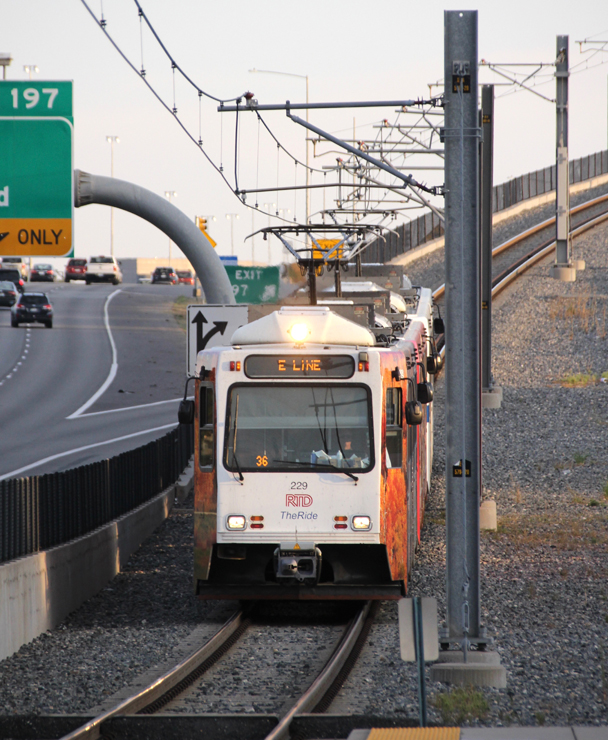
DENVER — The Regional Transportation District will temporarily cut light rail service to one train per hour on some lines as of May 26, the Denver Post reports, saying the reduced frequencies are necessary to address maintenance that has been deferred, but risking abandonment for cars by riders who have that option.
Many of the changes approved late Tuesday at an RTD board meeting are to accommodate a $152 million rebuilding of the light rail system’s downtown loop [see “Major reconstruction project to halt light rail service …,” Trains News Wire, Feb. 29, 2024], but some are permanent service cuts.
The moves approved include:
— Reduced service on the E and H lines, from Denver to its south suburbs, from the current 15-minute frequencies to hourly until Sept. 2.
— Suspension of the L Line, a short route running from the downtown loop to the Five Points area to the northeast, until Sept. 2.
— Rerouting of the D and H lines to Union Station while the downtown loop project is in progress.
— Reduced light rail hours, with most service beginning about 5 a.m. and ending about midnight on weeknights (2 a.m. on Fridays and Saturdays). Currently, service begins at 4 a.m. to 4:30 a.m.; the RTD had proposed ending weeknight service at 10 p.m. and weekend trains at midnight.
— Bus schedule changes on multiple routes.
Board chair Erik Davidson told the Post the moves are about the RTD’s need to “maintain a safe and reliable system in a state of good repair,” but James Flattum of advocacy group Greater Denver Transit told the newspaper, “having a high frequency is the most important thing for making public transit competitive with other modes of transportation. We may be seeing the erosion of habits and routines that were built over decades in just a few months.”






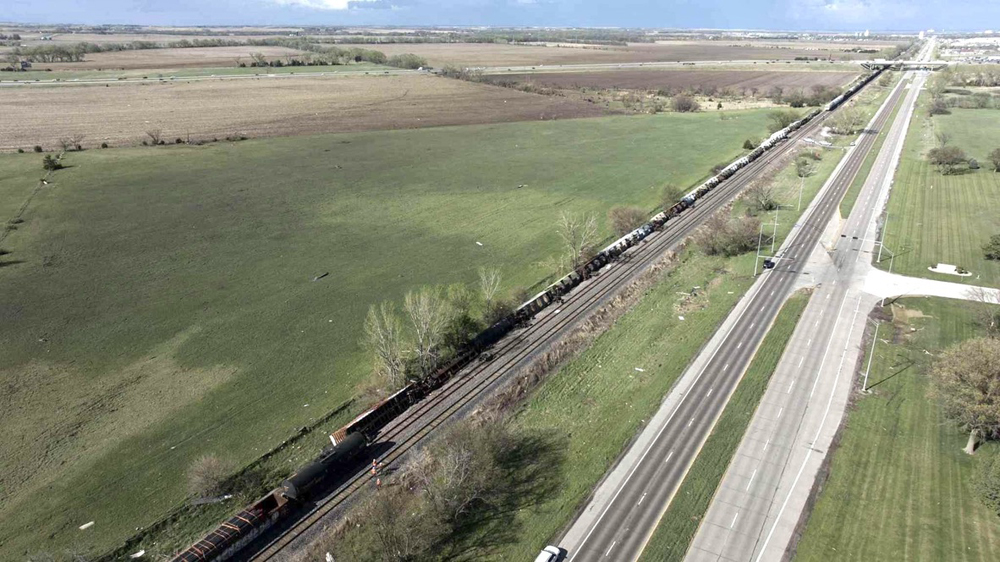
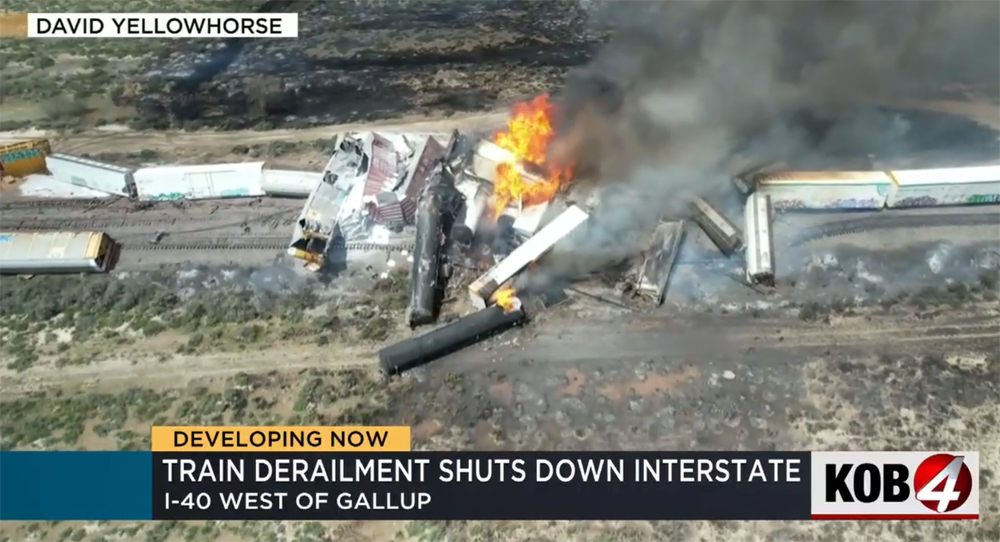
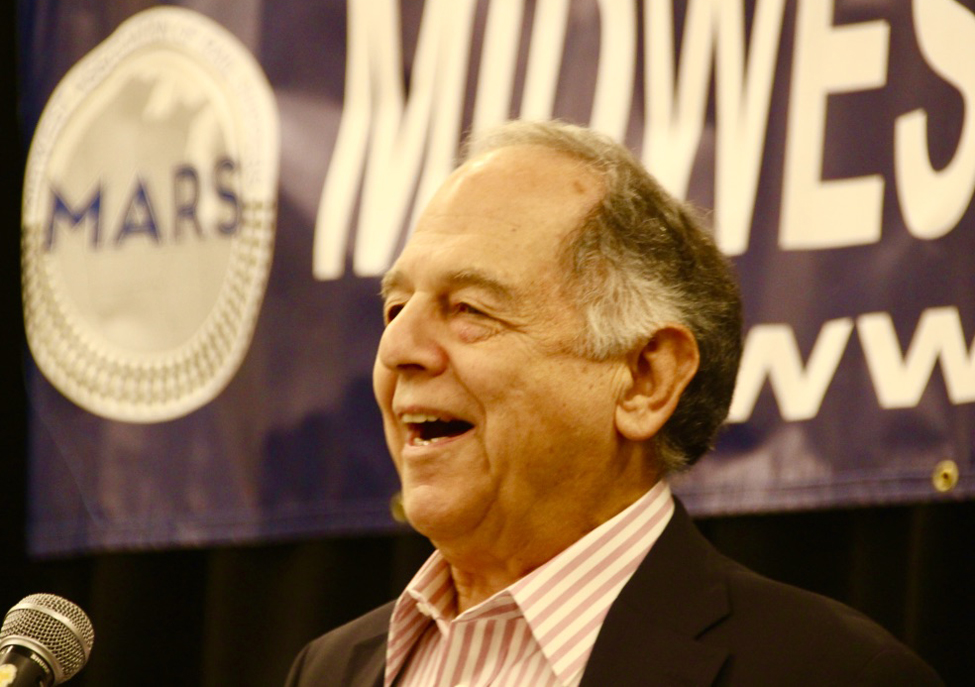
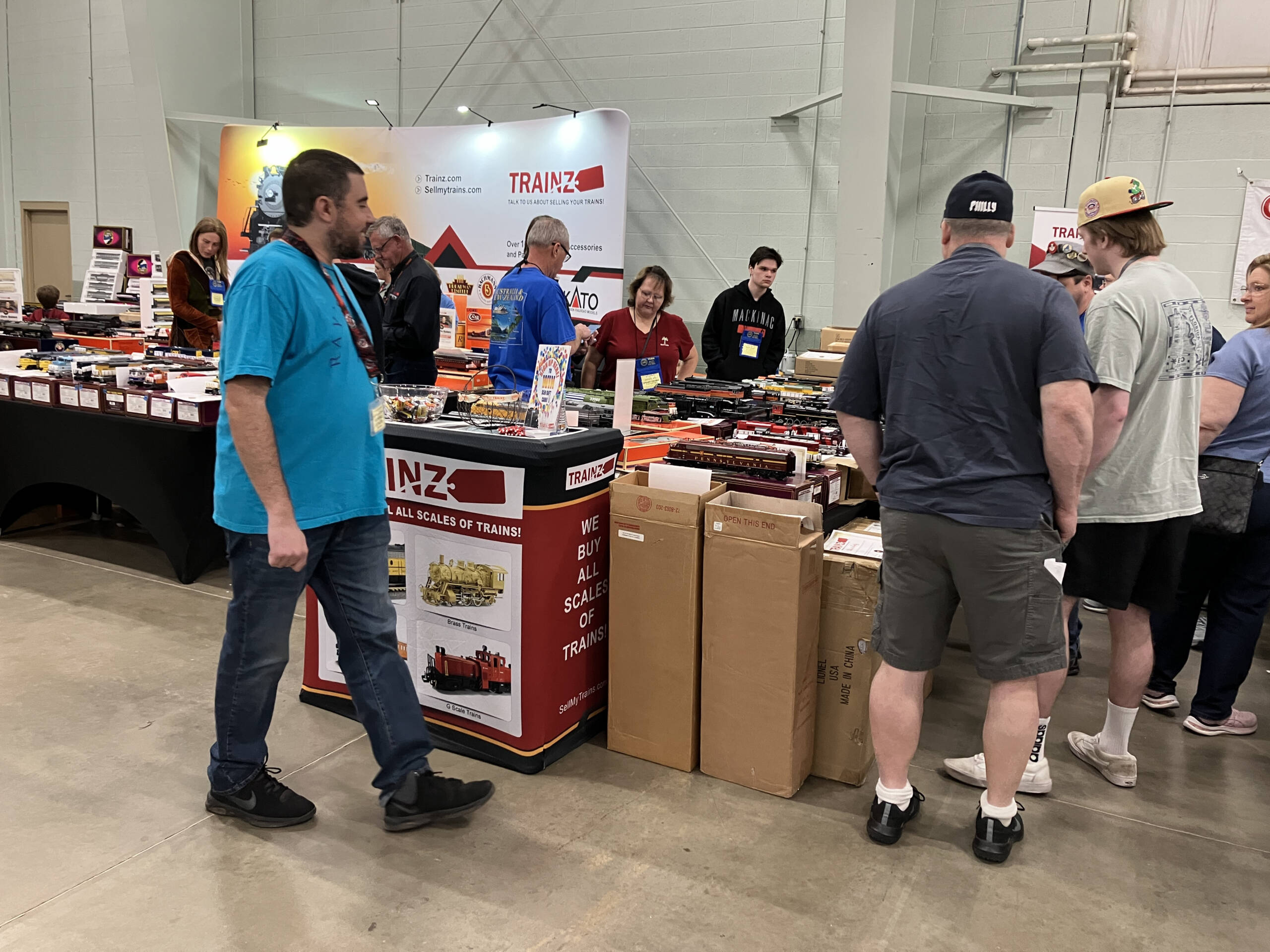




There is a direct commuter rail connection between DUS and DIA (The ‘A” Line).
Thanks! I’ve looked into this. According to RTD websites, if I understand the info, there are unlimited transfers between bus and light rail. Also, fares are less than half the going rate on other transit systems. The only ride with a high fare is a trip starting or ending at the airport. But the airport fare is well worth it. Being picked up at the airport is madness. A $10.00 ride gets you to 61st and Pena, with tons of free parking and easy automobile access.
Speaking of 61st and Pena, we plan to take the A-Line from 61st and Pena, to CUS, then bus to the art museum, thanks to the input of persons posting on this page. Very appreciated.
Will additional cars be added where possible to the hourly trains? What bus substitutions?
Mr. Flattum (last paragraph) has it completely explained. If you can’t depend on transit, [eople won’t ride it. When we partake of the free coffee at the cafe at IKEA in Centennial, Colorado, we see the light rail go by every few minutes. Reduce that to hourly, you’ll lose customers that might never come back. I don’t have a solution, but maybe there is no solution for fixed rail that competes against autos which can go from anywhere to anywhere, at any time, completely at the discretion of the driver. Perope who depend on transit becuase of age, income level, or disablity, are out of luck when transit fails, but that’s life in America.
And BTW Denver’s light rail doesn’t go everywhere, not even everywhere downtown. Planning a trip next month, I found myself astounded at its lack of coverage to the area around the state capitol.
Light Rail isn’t intended to go “everywhere” but primarily to bring folks in from the suburbs into the city. Bus connections will take passengers to various locations within the city. Denver has a unique transit system with a “hub” at Denver Union Station (DUS). Almost all of the light rail and regional/local bus originate/terminate here as well of all of the commuter rail lines, including a direct connection to DIA. Amtrak also serves DUS for intercity rail connections.
Transit and commuter rail operations have that unique problem of trying to operate 24/7 to serve their customers, but still maintain the system. It is very difficult to maintain and work on the track structure, especially any major work, when trains are expected to operate all of the time. It eventually gets to a point where there will have to be temporary service adjustments to address maintenance.
Thanks Michael. I’ll look up the bus schedule to DUS to DIA. I have to admit I’m like all other tourists … I look up fixed rail lines but not bus schedules.